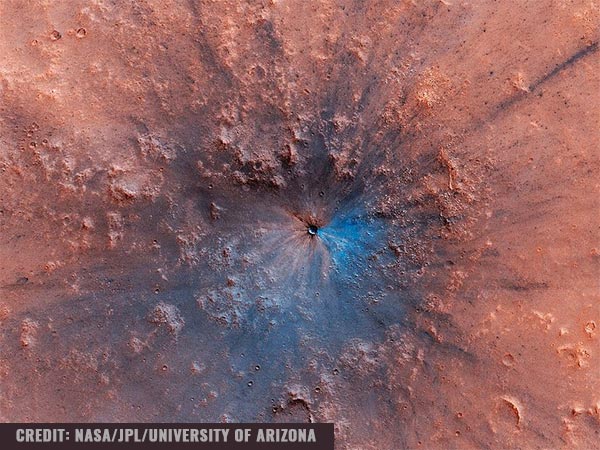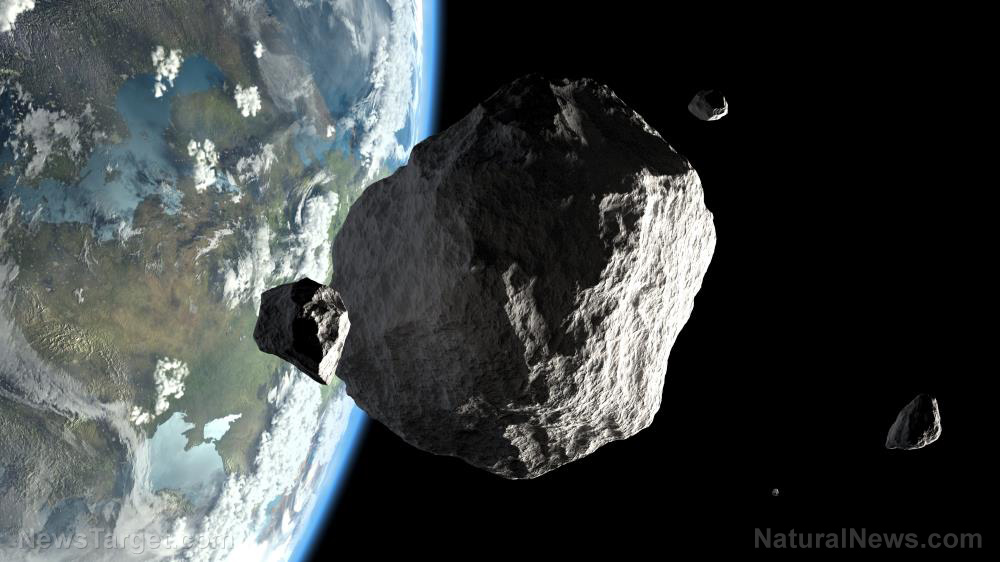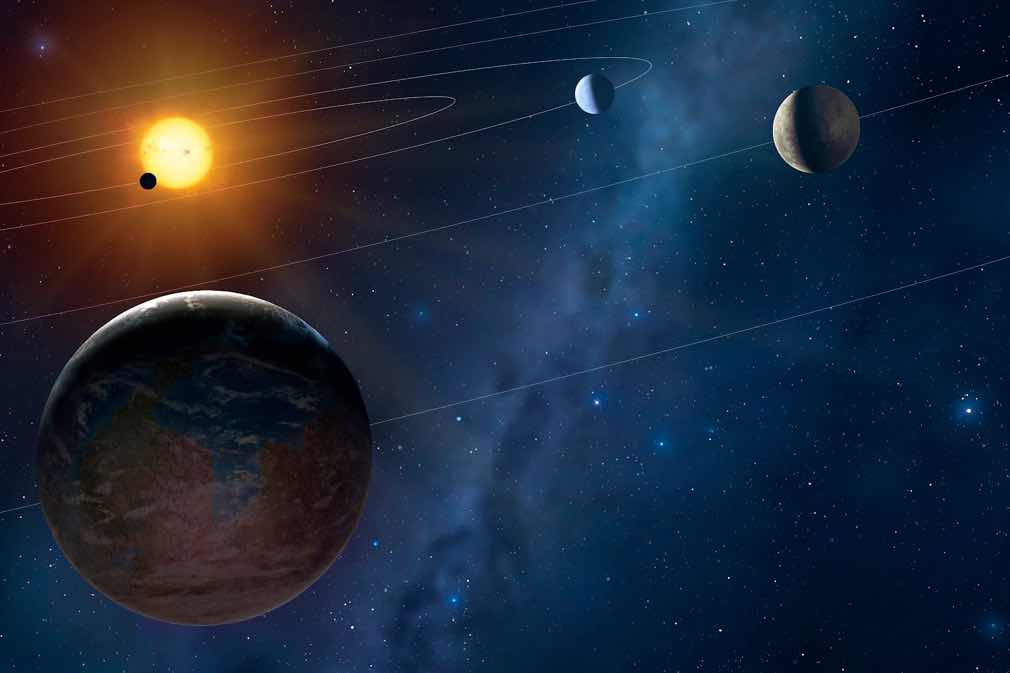Mars may have developed habitable conditions as early as 4.2 billion years ago
02/18/2020 / By Arsenio Toledo

A new study claims that Mars could have been habitable anywhere between 4.2 to 3.5 billion years ago.
The authors of this study have adjusted their timeline of when they believe the red planet stopped being bombarded with meteorites to around 4.2 to 3.5 billion years ago. After this period, the scientists believe that Mars became habitable for a time, predating the time when Earth began supporting life by around 500 million years. (Related: NASA’s Mars orbiter takes a breathtaking photo of a 50-foot crater; impact could have occurred between 2016 to 2019, say experts.)
Most planets and celestial bodies inside the Solar System formed around 4.5 billion years ago. This period was very chaotic and meteors impacted planets all the time. There’s even a hypothesis that the Moon was formed after it impacted with the Earth. This period of time is known as the Late Heavy Bombardment. Eventually, the collisions passed and the system calmed down.
The Late Heavy Bombardment is believed to have ended around 3.8 billion years ago. This study, led by Desmond Moser of the University of Western Ontario in Canada’s Department of Earth Sciences, believes that the bombardment actually ended around 4.48 billion years ago.
Analyzing meteorites
In order to come to their conclusion, Moser and his team analyzed meteorites believed to have come from Mars’ southern highlands. The specimens are believed to be pieces of the Martian crust which were knocked into space, probably during the Late Heavy Bombardment, and fell to Earth as meteorites. There are around 120 known samples of Martian rocks in the world.
The researchers analyzed some of the oldest-known mineral grains from the meteorites, such as zircon and baddeleyite, and found that they were between 4.43 to 4.48 billion years old.
The zircon really piqued the team’s interests. Zircon contains miniscule amounts of radioactive uranium. This radioactive substance decays into lead over time, enabling geologists such as Moser to measure the age of the rocks with some accuracy. Furthermore, Moser also said that zircon contains microfeatures that can reveal whether or not they have been exposed to high pressure events typical of a big impact.
“We found none of these bombardment signatures in the Mars zircon and baddeleyite grains,” said Moser, suggesting that the Late Heavy Bombardment ended on Mars before the zircon and baddeleyite specimens formed. Because of this finding, scientists like Moser now believe that there could have been “a platform hosting life” on Mars about 500 million years before life began on Earth.
Moser also believes that a massive impact event that occurred sometime during the Late Heavy Bombardment may have been “globally sterilizing” for Mars. In a statement, Moser said that the giant meteorites that impacted Mars between 4.2 and 3.5 billion years ago may have helped establish habitable conditions on the planet. He hypothesized that this happened because the bombardment accelerated the release of early waters from underneath the crust of the red planet, setting the stage for life-forming reactions to take place.
Moser hopes that the work done by him and his team can help NASA pinpoint spots on Mars that may be good locations for gathering rock and soil samples.
Sources include:
Tagged Under: cosmic, discoveries, extraterrestrial life, giant meteor impact, Late Heavy Bombardment, Life on Mars, Mars, meteor impact, research, Space
RECENT NEWS & ARTICLES
COPYRIGHT © 2017 SPACE TOURISM NEWS



















